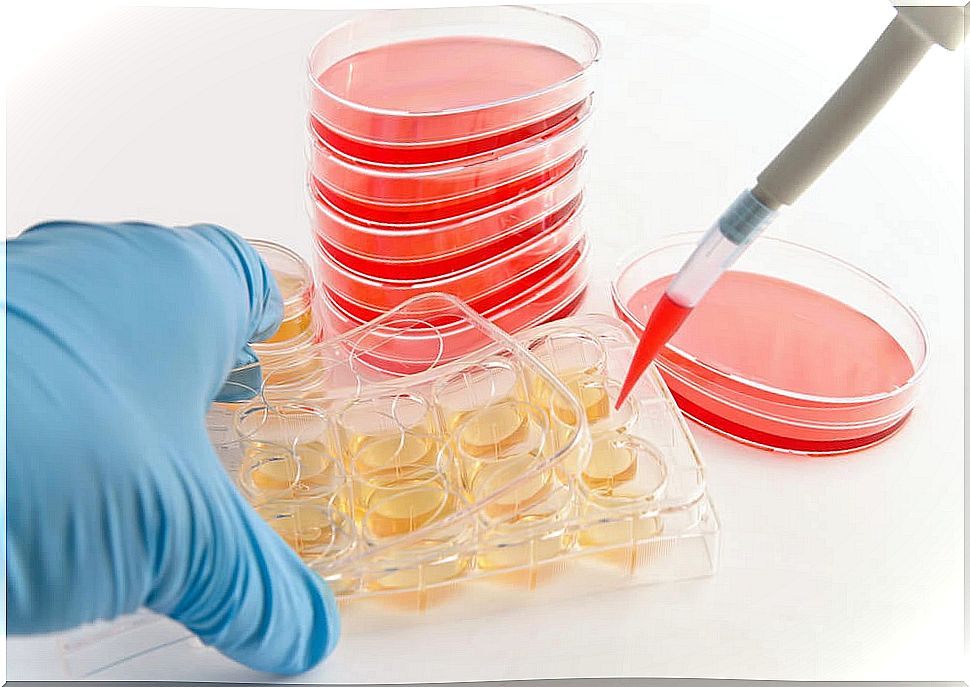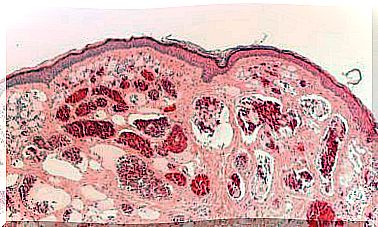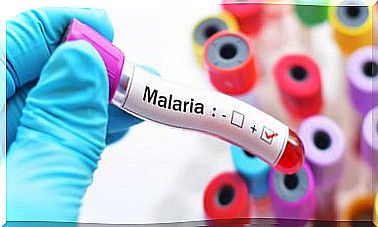Antibiogram: What Is It Used For?
Not all bacteria are sensitive to the same antibiotics, and also, within the same type of infectious agents, not all require the same drugs. The antibiogram helps the doctor to know which drug to prescribe.
But why can’t all microorganisms be fought with the same antibiotic? This is a very recurring question and it has its answer in the concept of evolution. Microorganisms have generated mechanisms to avoid substances that prevent them from surviving.
These resistances must be known in advance in order to apply the appropriate treatment to the infected person. To do this, the antibiogram reveals the sensitivity of a certain bacterium to antibiotics.
Antimicrobial resistance
Bacteria become resistant over time, based on their need to survive. Drug resistance, which can be seen on antibiograms, is classified in two ways:
- Innate: they are mechanisms that a family of bacteria have naturally written in their genetic code, that is, they already had this resistance long before the application of antibiotics.
- Acquired: certain bacteria created methods to resist or fight antibiotics. They went from being sensitive to these drugs to being resistant.

An example of acquired resistance
An example of acquired resistance is that which occurred after the discovery of penicillin by Alexander Fleming. In the 1940s, the main antimicrobial used was penicillin, but a bacterium called Staphylococcus aureus quickly developed resistance.
Penicillin is an antibiotic that binds to an enzyme that builds the wall of the bacteria. That is, penicillin inhibits the synthesis of the bacterial wall, leaving the microorganism unprotected, and leading to death. However, Staphylococcus aureus generated enzymes called penicillinases to break down the penicillin molecule.
Dangers of antimicrobial resistance
The Centers for Disease Control and Prevention (CDC) wrote the 2019 report on the threat to antibiotic resistance in the United States, stating that the number of resistance remains high. Currently, there are 2.8 million antibiotic resistant infections.
Looking at all this data, the threat posed by antibiotic resistance is worrying and frightening. According to the World Health Organization (WHO), in recent years the use and abuse of antimicrobials has increased the number and types of resistant microorganisms.
What is the antibiogram?
The antibiogram helps us determine the most appropriate antibiotic to specifically treat the bacteria that have infected us. When we have an infection, the doctor removes a sample from the source of the infection to isolate the causative microorganism.
The microorganism grows in a controlled medium, called a culture, to determine what type of bacteria it is and what family it belongs to. Once this step is completed, it is cultivated in another medium with tablets that release antibiotics.
Bacteria grow in this new culture, but if they are sensitive to antibiotics they leave a halo around the pill. This halo indicates that the bacterium has not been able to reproduce because the antibiotic has prevented it.

Treatment according to the antibiogram
When an infection is very serious there is no time to wait for the results of the antibiogram. Based on the characteristics of the patient, the focus of the infection, and whether it has been contracted outside or inside the hospital, the patient is treated with broad-spectrum antibiotics.
These broad-spectrum drugs cannot be deliberately applied to everyone who has an infection, because their indication involves the risk of resistance. If they become resistant, we have a problem, since in serious infections we will not be able to apply the same antibiotic.
On the other hand, targeted treatment is one that is tailored to the bacteria in question. It is determined by the antibiogram, which tells us which antibiotic to use.
Avoid bacterial resistance
Avoiding and preventing bacterial resistance is necessary and vital for humanity. If the microorganisms become very resistant, the therapy will be ineffective and the consequences serious.
The number one advice is to take the appropriate dose of antibiotic prescribed during the days that the doctor has told us. We cannot stop the medication even if we feel good, nor can we change the milligrams ingested based on our personal taste.
If despite the precautions we come across a resistant bacterium, the use of the antibiogram will be the norm. It is a powerful biochemical tool for treating severe infectious cases.









